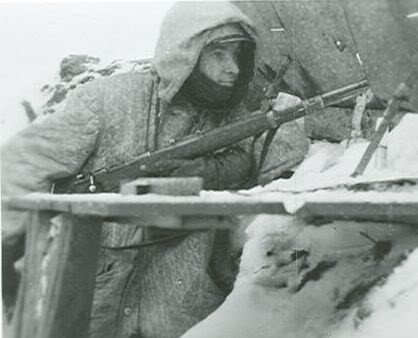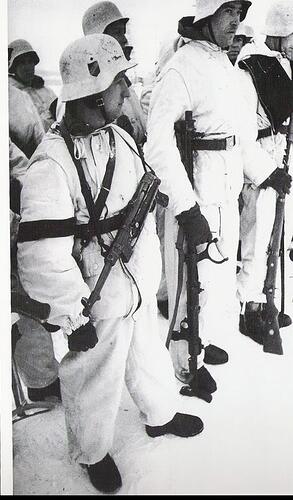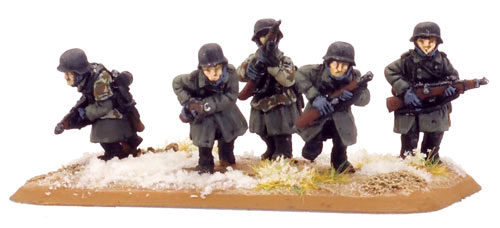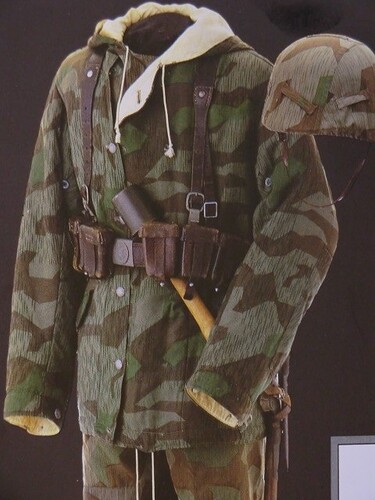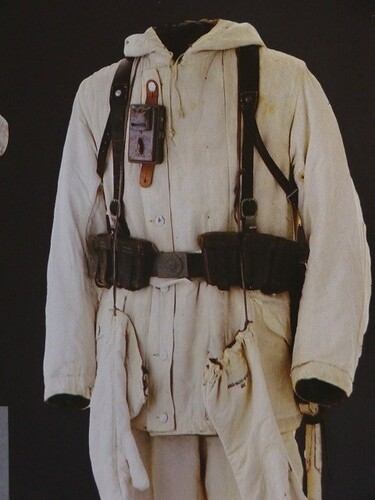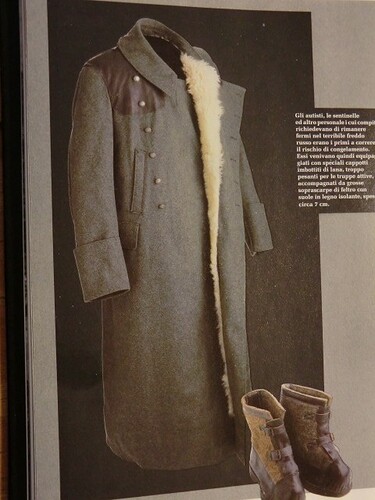Hi everyone.
I’m going to paint a wargaming army, its Germans in long greatcoats, some have somekind of “shirt” over the greatcoats, guess this is winter camo?
Found this photo on wikipedia:

Is this the normal way of doing snow camouflage?
Seen some pictures where they also have white pants, how normal is this?
Where there white greatcoats?
Generally I need help paint my wargaming army so its historical correct.
-Bergh

